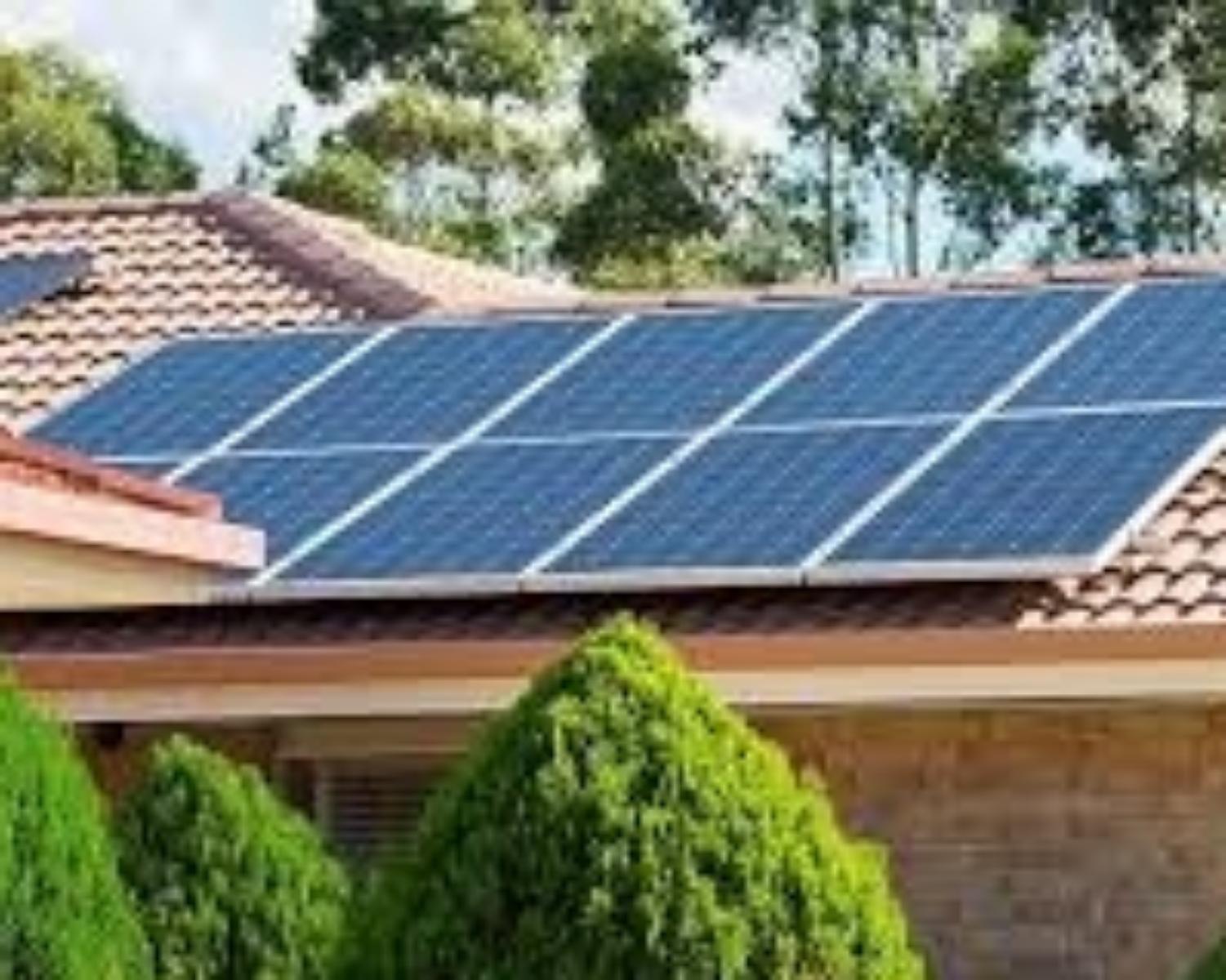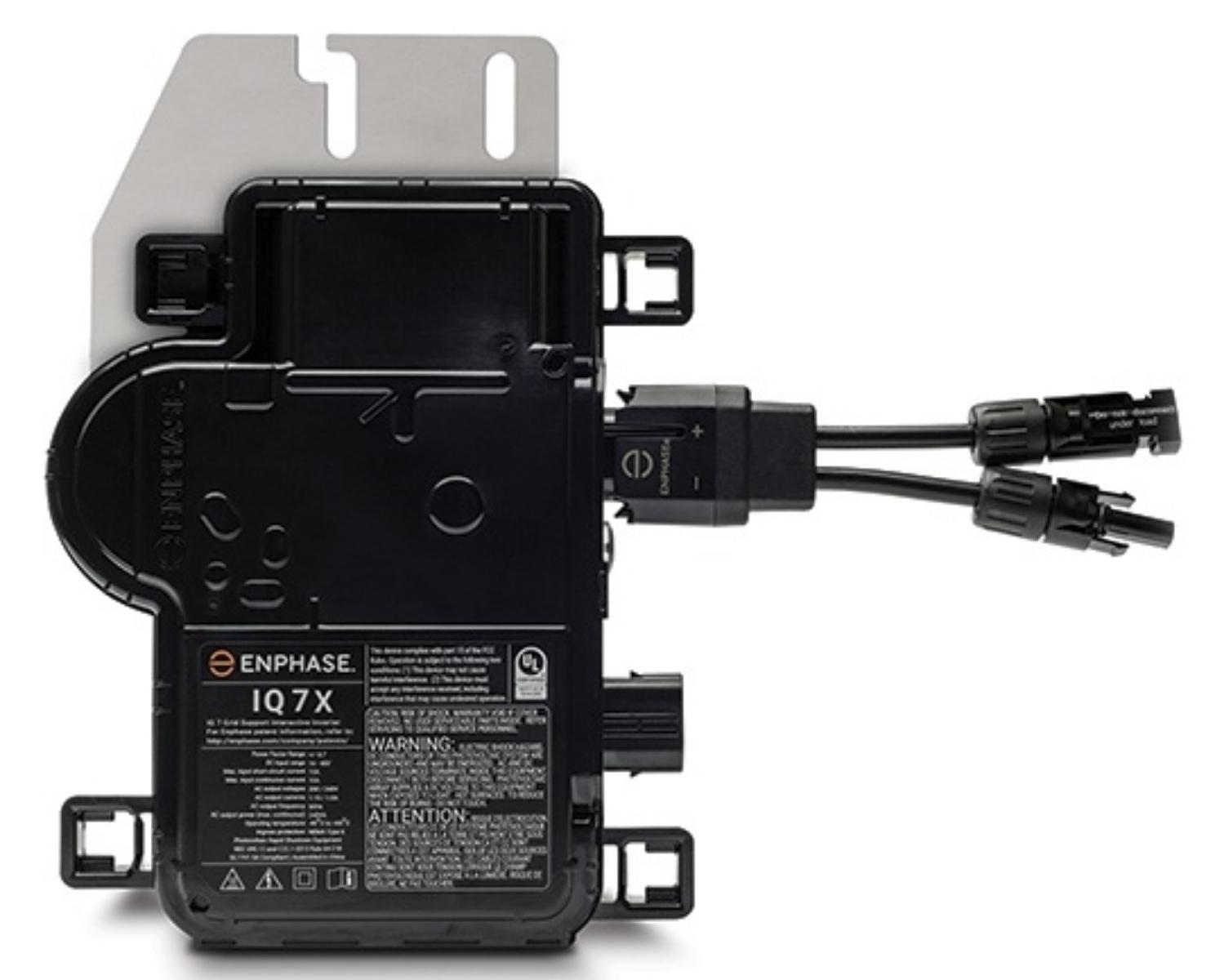Explore the World's Best Ideas
Join today and uncover 100+ curated journeys from 50+ topics. Unlock access to our mobile app with extensive features.
HOW SOLAR ENERGY WORKS (STEP BY STEP) ?
Have you ever looked at the solar panels on roofs and wondered exactly what they do, and how? Well, those hi-tech expanses of shimmering glass are actually just one component in a complex network that harnesses the sun’s renewable energy to deliver electricity to the home within.
8
109 reads
STEP 1: SUNLIGHT ACTIVATES THE PANELS.
Each individual panel is constructed of a layer of silicon cells, a metal frame, a glass casing surrounded by a special film, and wiring. For maximum effect, the panels are grouped together into “arrays” (an ordered series) and placed on rooftops or in large outdoor spaces. The solar cells, which are also referred to as photovoltaic cells, absorb sunlight during daylight hours.
9
86 reads
STEP 2: THE CELLS PRODUCE ELECTRICAL CURRENT.
Within each solar cell is a thin semiconductor wafer made from two layers of silicon. One layer is positively charged, and the other negatively charged, forming an electric field. When light energy from the sun strikes a photovoltaic solar cell, it energizes the cell and causes electrons to ‘come loose’ from atoms within the semiconductor wafer. Those loose electrons are set into motion by the electric field surrounding the wafer, and this motion creates an electrical current.
8
81 reads
STEP 3: THE ELECTRICAL ENERGY IS CONVERTED.
You now have solar panels working efficiently to transform sunlight into electricity, but the electricity generated is called direct current (or DC) electricity, which is not the type of electricity that powers most homes, which is alternating current (or AC) electricity. Fortunately, DC electricity can easily be changed into AC electricity by a gadget called an inverter. In modern solar systems, these inverters can be configured as one inverter for the entire system or as individual microinverters attached behind the panels.
8
68 reads
STEP 4: THE CONVERTED ELECTRICITY POWERS YOUR HOME.
Once the solar energy has been converted from DC to AC electricity, it runs through your electrical panel and is distributed within the home to power your appliances. It works exactly the same way as the electrical power generated through the grid by your electric utility company, so nothing within the home needs to change. Since you still remain connected to your traditional power company, you can automatically draw additional electricity to supplement any solar shortages from the grid.
8
58 reads
STEP 5: A NET METER MEASURES USAGE.
On cloudy days and overnight, your solar shingles or panels may not be able to capture enough sunlight to use for energy; conversely, in the middle of the day when nobody is home, they may collect surplus energy—more than you need to operate your home. That’s why a meter is used to measure the electricity flowing in both directions—to and from your home.Your utility company will often provide credits for any surplus power you send back to the grid. This is known as net metering.
8
60 reads
CONCLUSION
Now that you know the basics about solar energy, you can marvel at how today’s photovoltaic technology can capture the vast power of the sun to operate a home. It may not be rocket science—but it definitely is human ingenuity at its best.
8
69 reads
IDEAS CURATED BY
Muhamad Tahir's ideas are part of this journey:
Learn more about scienceandnature with this collection
The importance of innovation
The power of perseverance
How to think big and take risks
Related collections
Discover Key Ideas from Books on Similar Topics
15 ideas
The Knowledgebook
National Geographic Society
11 ideas
The Complete Obsolete Guide to Generative AI
David Clinton
2 ideas
Better Than Before
Gretchen Rubin
Read & Learn
20x Faster
without
deepstash
with
deepstash
with
deepstash
Personalized microlearning
—
100+ Learning Journeys
—
Access to 200,000+ ideas
—
Access to the mobile app
—
Unlimited idea saving
—
—
Unlimited history
—
—
Unlimited listening to ideas
—
—
Downloading & offline access
—
—
Supercharge your mind with one idea per day
Enter your email and spend 1 minute every day to learn something new.
I agree to receive email updates



